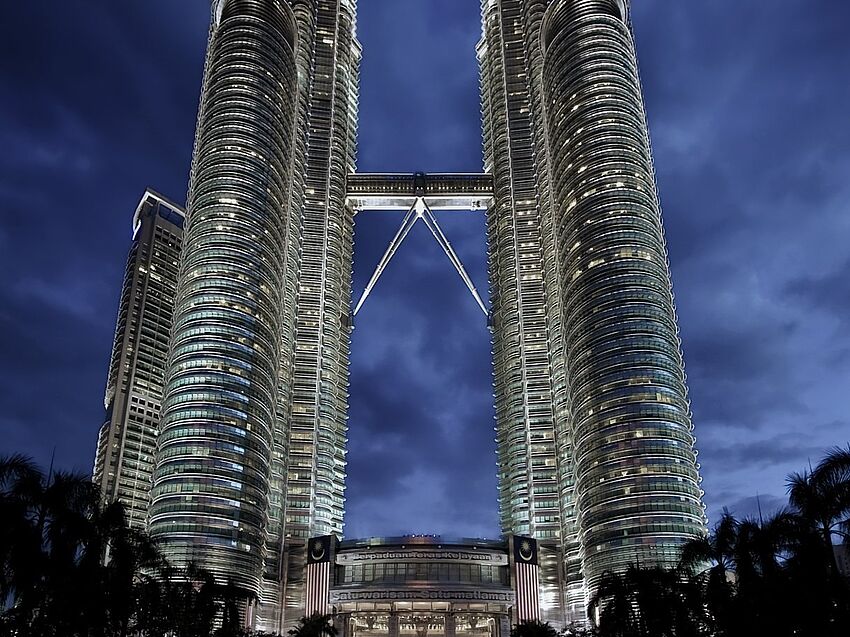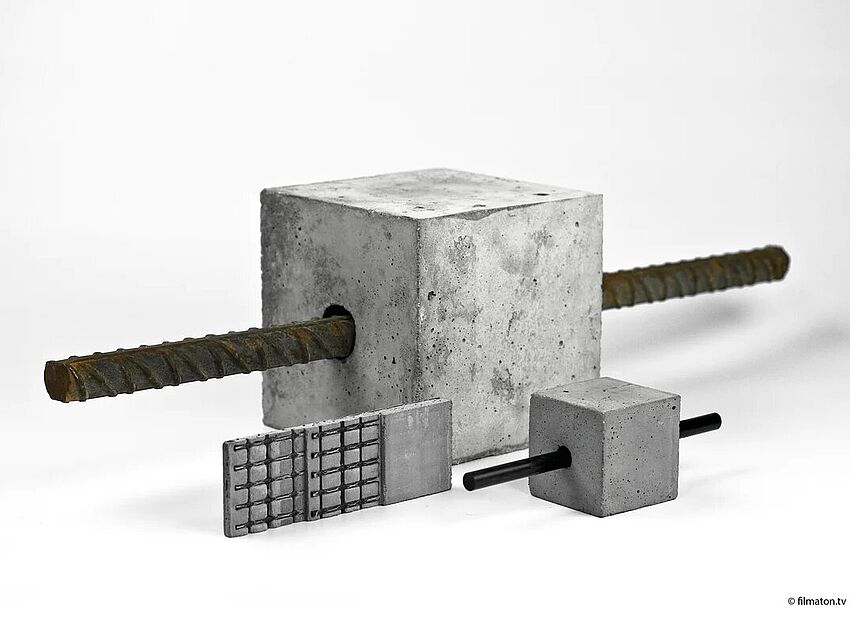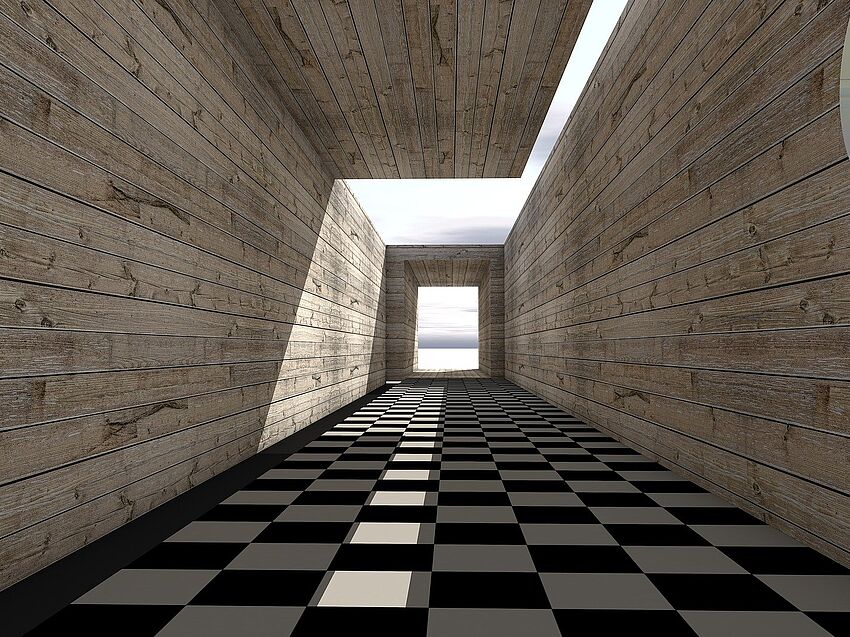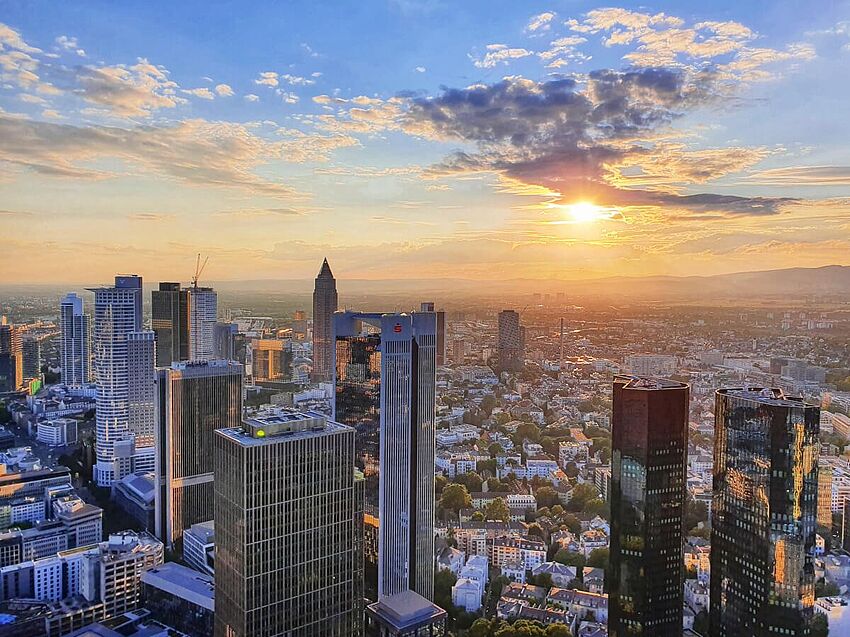The 20 most expensive buildings in the world: from super mosques to luxury casinos
There are films about architects. There are films about buildings. The following three cinema classics tell stories in which buildings play a leading part: as an atmospheric backdrop, as a meaningful metaphor, as a unifying action element. They are stories that would not work without the suggestive power of architecture - exciting, unusual and thoughtful.

High-rise buildings as a symbol of society
The masters used to live on the ground floors and the servants under the roof. Climbing the stairs was for those who could not afford otherwise. The elevator, and with it high-rise buildings, turned society upside down. Anyone who lives in a penthouse today has literally made it to the top. Vertical architecture as a symbol of society - that is subject of the novel "High Rise" from the year 1975. In 2016, director Ben Wheatley filmed the disturbing dystopia with Tom Hiddleston, Jeremy Irons and Sienna Miller in the leading roles. A brilliant architect wishes to make his vision of a better world come true in the form of a high-tech, high-rise building - and fails.
"High Rise” shows a miniature society where people live on top of each other: Large families live at the bottom and their power is turned off first if there is not enough for everyone. The upper middle class lives in the higher apartments. The childless upper class exclusively inhabit the uppermost floors. The architect resides on the 40th floor. A class struggle in the concrete bunker intensifies as the number of failures in the building services increases. At the end, the members of the decadent society tear each other apart and the building is neglected. Highly stylized images and an impressively-staged, brutal architecture make this film worth seeing. "High Rise” can be watched as a video-on-demand from Amazon Prime.
Criticism of modernism with elements of parody
Jacques Tati’s Classic "Play Time" from 1967 takes place in a futuristic Paris. Monsieur Hulot, the eccentric figure of the French actor, screenwriter and director, searches in sterile glass and steel structures for a Monsieur Giffard. Through a variety of unfortunate circumstances he misses him again and again. In his wanderings through a highly technological labyrinth of monotonous corridors, Hulot meets a tour group several times that is looking for the "old" Paris in the clinical high-rise world.
Criticism of modernism is a common feature of Tati’s movies. In "Play Time" he brings this to a head - and makes his characters prisoners of modern architecture. The right-angles of the functionalist Bauhaus style force them to go in straight lines. Substantive dialog is also missing in the dehumanized world. Disjointed scraps of conversation and a sound score in which machines and objects speak form the background. For "Play Time", Jacques Tati had a separate city backdrop built on an area of 15,000 square meters: Tativille. It was so expensive that the film was unable to recoup its costs despite excellent reviews.
Vision of the future in the present of the 1960s
The French capital apparently provides abundant material for dreams of a dystopian vision. In 1965, Jean-Luc Godard also filmed his sci-fi thriller "Alphaville" in Paris. The story takes place in the year 1990. A private detective - Eddie Constantine, in a re-working of his famous role as "Lemmy Caution" - takes a job in the futuristic city Alphaville which is controlled by a huge computer. Free thoughts are forbidden, feelings are wiped out and human values are replaced by a dictatorial, corrupted logic under the guise of dispassionate science.
The special feature of "Alphaville" as retro sci-fi is that Godard does without futuristic scenes and special effects. Instead, he films the current architecture in the streets of the time - new office buildings and high-rise buildings - at night and alienates them with light, shadow and perspectives that make them an unfamiliar, surreal place. Alphaville is yesterday today, because the future has already begun. High time to take a look at it.
Movies can tell wonderful stories about and with buildings. Whether in fiction or in documentaries: Architectural visualization in moving images enables an architecture to be closely experienced - not least as a result of perspectives which only the medium of film can offer.




